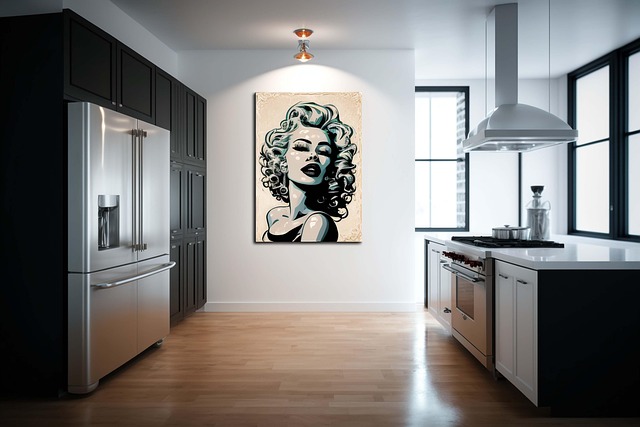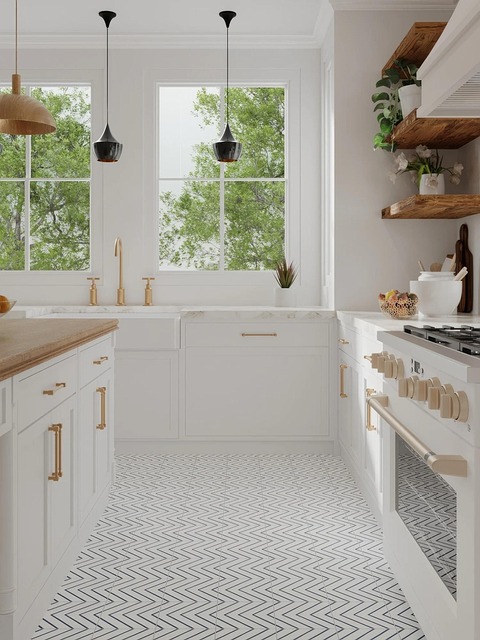Designing multi-functional outdoor living spaces involves seamlessly integrating various purposes while prioritizing comfort and adaptability. Utilize modular and multifunctional furniture, weather-resistant textures, neutral color palettes, and strategic lighting to create cohesive, welcoming areas. Seamless transitions between dining, lounging, and play zones encourage diverse activities throughout the day and year, fostering memorable experiences in a dynamic environment.
“Transform your outdoor area into a vibrant multi-functional space with dining, lounging, and gaming zones. In today’s modern lifestyle, versatile design is key. Learn how to blend functionality and comfort through clever layout strategies, from modular furniture placement to zone specialization. Discover outdoor living spaces that maximize every square meter, offering an engaging ambiance for all ages. This guide explores decor tips, natural element integration, and game suggestions to create a dynamic environment that fosters interaction and community.”
- Blending Functionality and Comfort: Design Principles for Multi-Use Spaces
- – Key considerations in creating seamless transitions between dining, lounging, and gaming areas
- – Incorporating versatile furniture and modular design elements
- Maximizing Outdoor Living: Space Utilization and Layout Ideas
Blending Functionality and Comfort: Design Principles for Multi-Use Spaces

In designing multi-functional spaces, the seamless blending of various purposes while prioritizing comfort is key. Outdoor living spaces, in particular, offer a unique canvas where dining, lounging, and games can coexist harmoniously. The design principles for achieving this balance lie in adaptability and versatility. Furnishings should be modular and multifunctional; for instance, a sofa that doubles as a bed or a table with adjustable heights for various activities. Textures and fabrics that are weather-resistant yet inviting create a comfortable atmosphere, whether indoors or outdoors.
Color palettes play a crucial role in setting the mood. Neutral tones provide a versatile backdrop, allowing for easy transitions between dining, relaxing, and playing. Accents of vibrant colors add energy to the space without overwhelming its multi-use nature. Lighting design is another critical aspect; incorporating both ambient and task lighting ensures spaces remain functional throughout the day and evening. Ultimately, thoughtful planning and design choices allow outdoor living spaces to cater to various needs while maintaining a cohesive and comfortable ambiance.
– Key considerations in creating seamless transitions between dining, lounging, and gaming areas

When designing multi-functional spaces that blend dining, lounging, and gaming areas, seamless transitions are paramount. The key lies in creating visual and physical connections between these zones, ensuring each space complements and enhances the others. For instance, using a central living area as the heart of the design, with a dining table situated near comfortable seating and a games zone tucked away yet easily accessible, allows for fluid movement. Natural elements like an outdoor fireplace or lush greenery can serve as transitional anchors, inviting users to move from one activity to another.
Outdoor living spaces benefit from incorporating versatile furniture that serves multiple purposes. Folding tables and chairs, modular sofas, and adjustable height gaming tables enable easy reconfiguration based on the occasion. Soft textiles and plush cushions in dining areas give way to cozier lounging arrangements later, while subtle lighting changes—from ambient pendant lights during dinner to fun, colorful LED strips for game nights—create a dynamic atmosphere that encourages mixing and mingling, whether it’s a quiet dinner or an energetic gaming session.
– Incorporating versatile furniture and modular design elements

Inspiring outdoor living spaces are characterized by their multi-functional design, where versatile furniture and modular elements take center stage. By choosing pieces that can adapt to various purposes, you create dynamic environments that cater to different needs and moments. For instance, a comfortable couch can easily transform into a cozy spot for dining or a fun area for board games when required. Modular tables with extendable tops offer the flexibility to accommodate both intimate gatherings and large groups, fostering versatile entertaining options.
This approach encourages a flexible lifestyle, allowing you to maximize your outdoor space year-round. Whether it’s lounging by day and transforming into a game zone in the evening, or hosting themed dinners and retreats, these adaptable designs cater to modern living. Incorporating such versatility not only saves on furniture investments but also contributes to a more sustainable and responsive home environment.
Maximizing Outdoor Living: Space Utilization and Layout Ideas

Maximizing outdoor living spaces offers a unique opportunity to create a versatile environment that caters to various activities and gatherings. With thoughtful space utilization, you can transform your outdoor area into a dynamic setting for dining, lounging, and games—all in one place. Consider a layout that seamlessly blends these functions by incorporating dedicated zones. For instance, designate a cozy seating area with comfortable cushions and low tables for lounging, while a nearby open space allows for an extended dining table to accommodate larger groups during meals.
To enhance versatility, include a flexible game zone that can accommodate different activities. This might be as simple as installing outdoor games like bocce ball or croquet, or even setting up a portable table for board games and cards. By utilizing the entire space effectively, you create an engaging outdoor living environment that adapts to any occasion, ensuring memorable experiences for all who gather there.
In today’s dynamic lifestyles, multi-functional spaces are transforming how we live and entertain. By seamlessly blending dining, lounging, and gaming areas, these versatile environments cater to diverse needs and foster memorable experiences. Incorporating adaptable furniture and modular design elements allows for fluid transitions, making outdoor living spaces both practical and aesthetically pleasing. Whether enhancing existing layouts or planning new constructions, these principles offer a path towards creating dynamic, engaging, and true outdoor oases.
